INTERNACIONAL
Trump’s controversial plan to fire federal workers finds favor with Supreme Court
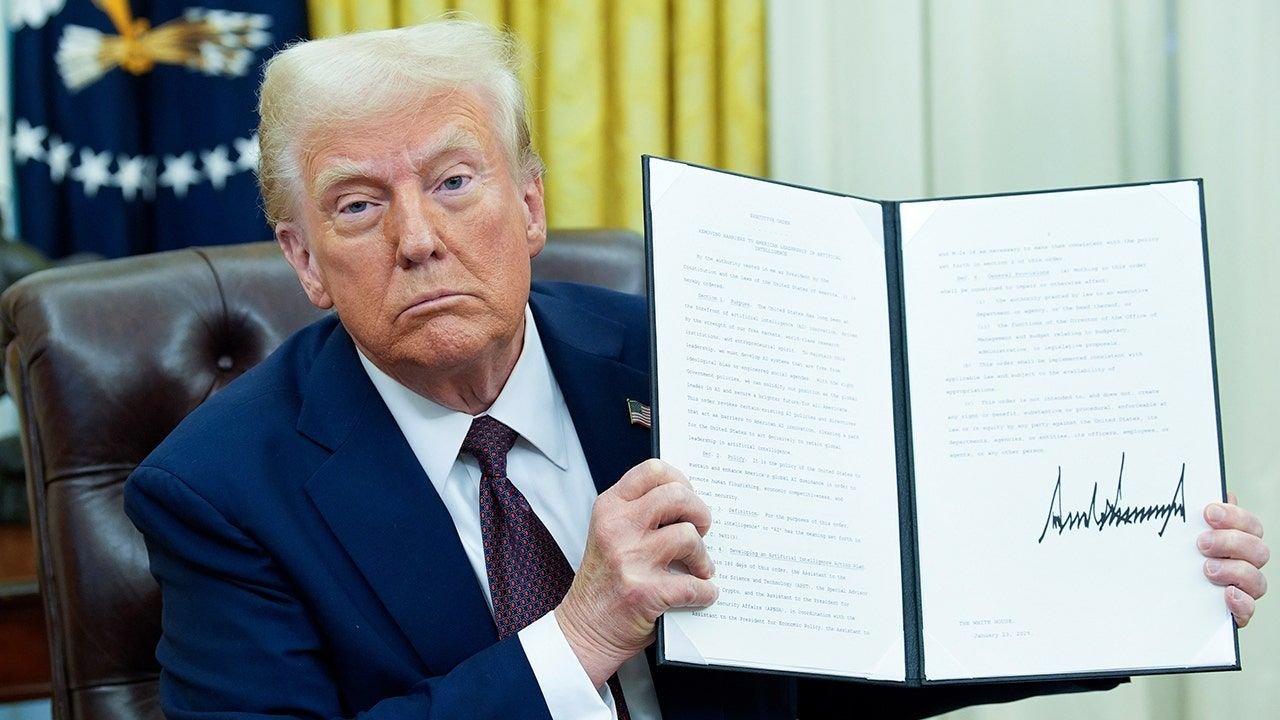
NEWYou can now listen to Fox News articles!
The Supreme Court’s decision to temporarily allow mass layoffs at the Education Department marked the latest in a string of rulings from the high court green-lighting the president’s plans to scale down the size of the federal workforce.
Permitting the termination of about 1,400 Education Department employees is one of several instances of the Supreme Court showing significant deference to Trump’s power over the executive branch. In other cases, the high court has preliminarily approved of Trump’s executive order calling for sweeping federal job cuts and shown an openness to the president diminishing the independence of some agencies.
Often these decisions, issued on an emergency basis at the request of the Trump administration, have come with little explanation. The high court did not, for example, spell out why it allowed Trump to carry out mass layoffs at the Education Department. But the move advances the president’s long-term efforts to dismantle the department, for now.
South Texas College law professor Joshua Blackman said the plaintiffs’ argument that Congress needs to approve such a drastic change to an agency did not appear persuasive to the high court.
SUPREME COURT RULES ON TRUMP’S MASS LAYOFFS AT EDUCATION DEPARTMENT
The Supreme Court allowed Education Secretary Linda McMahon to proceed with mass layoffs, at least temporarily. (Valerie Plesch/picture alliance via Getty Images; Stefani Reynolds/Bloomberg via Getty Images)
«I think they’re basically saying, ‘We don’t think this is trying to restructure the agency,’» Blackman told Fox News Digital. «Justices Jackson and Sotomayor sort of made that point in the dissent, but I don’t think it’s resonating with the majority.»
Blackman noted that even though these shadow docket decisions are temporary while the lawsuits proceed in the lower courts, they have lasting power. Litigation can take two or three years, and employees who lose their jobs are likely not waiting around for that long to return to the government, he said.
He also said those employees are not «in theory, at least,» suffering irreparable harm because «reinstatements with back pay is an option.» Irreparable harm is a criterion judges consider before issuing emergency orders.
Another Trump-friendly ruling
Last week, the Supreme Court temporarily reversed Judge Susan Illston’s order blocking the administration from acting on Trump’s executive order to reduce the workforce.
«The President has the authority to seek changes to executive branch agencies, but he must do so in lawful ways and, in the case of large-scale reorganizations, with the cooperation of the legislative branch,» Illston, a Clinton-appointed judge based in California, wrote.
‘IT WILL HAPPEN QUICKLY’: STATE DEPT POISED TO ACT AFTER SUPREME COURT GREEN-LIGHTS AGENCY LAYOFFS
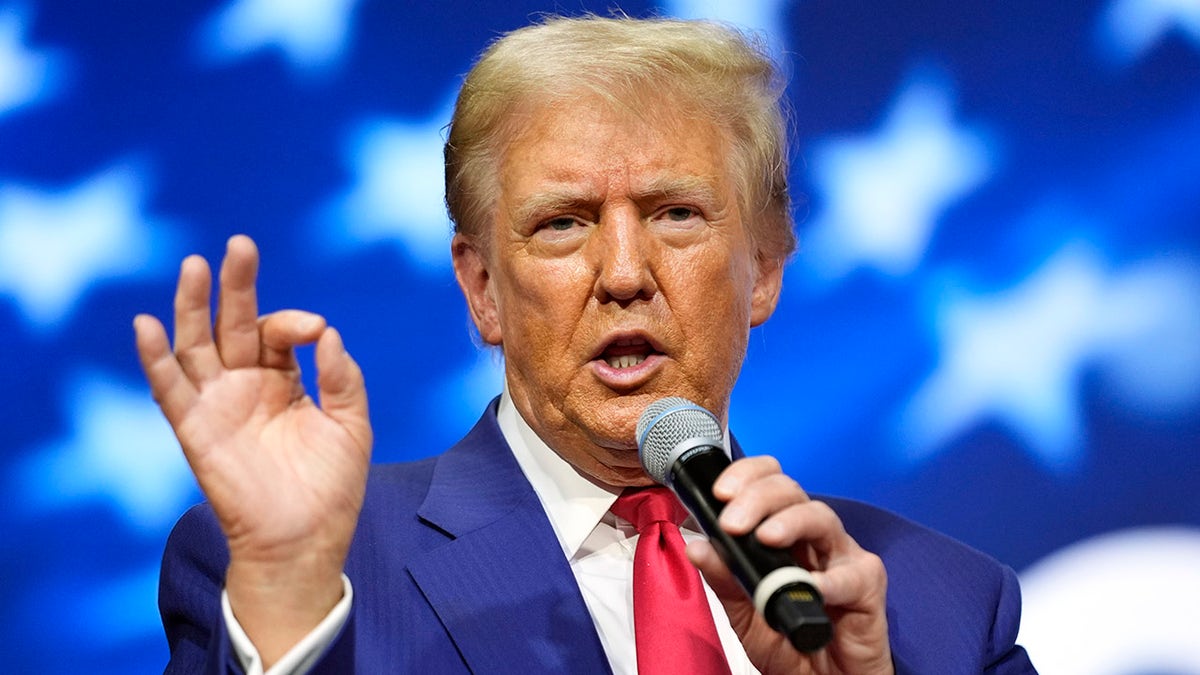
Former President Donald Trump speaks at a campaign town hall on Oct. 14, 2024, in Oaks, Pennsylvania. (AP Photo/Alex Brandon)
Trump signed an executive order after he took office announcing a sweeping «reduction in force» initiative. To carry out Trump’s order, the Office of Management and Budget and the Office of Personnel Management sent a directive to the heads of government agencies in February to craft plans to eliminate jobs.
«Agencies should focus on the maximum elimination of functions that are not statutorily mandated while driving the highest-quality, most efficient delivery of their statutorily required functions,» the memo said.
A group of labor organizations and nonprofits sued, arguing a mass reorganization of government required congressional approval.
Last week, the Supreme Court ruled 8-1 against them by pausing Illston’s injunction. Justices Sonia Sotomayor and Elena Kagan sided with the conservative majority, which found that the executive order and memo are lawful. The majority noted that the decision is not a reflection of the justices’ opinions on agency-specific firings and that those should be examined as a separate matter.
Jonathan Turley, a George Washington University law professor, told «Fox & Friends» the high court was sending a «clear» message about judicial overreach.
«This is another shot across the bow to lower courts that they’ve got to knock this off,» Turley said. «They’ve got to stop with these injunctions. This is six months of delay. It could’ve been much longer, and the court is signaling, ‘We’re going to be on you very quickly if you continue to do these types of orders.’»
Pending layoffs
The decision empowered Secretary of State Marco Rubio to lay off more than 1,300 State Department workers.
Since Trump took office, tens of thousands of federal employees have accepted buyout offers from the administration or been let go. But many other layoffs are still wrapped up in lawsuits.
Some firing decisions remain pending because of district court judges’ orders. In some cases, the Trump administration has argued that the Supreme Court’s recent move to do away with universal injunctions is reason enough for those judges to reverse course.
In one lawsuit, Democratic-led states sued over Health and Human Services Secretary Robert Kennedy Jr.’s move to terminate about 10,000 employees. Judge Melissa DuBose, a Biden appointee based in Rhode Island, sided with the states and blocked the terminations. The judge must now decide if her injunction is at odds with the Supreme Court’s new ruling on universal injunctions.
Humphrey’s Executor
The government downsizing coincides with the president’s controversial decision to fire several watchdogs and members of independent agencies without cause.
In May, the Supreme Court sided with Trump on two of the firings, fueling speculation that the high court is aiming to overturn a 90-year precedent set in Humphrey’s Executor v. United States.
That decision found that President Franklin D. Roosevelt could not fire a member of the Federal Trade Commission without a reason, such as neglect of job duties or malfeasance, because it conflicted with a law Congress passed that established the commission.
SUPREME COURT LETS TRUMP’S ‘WRECKING BALL’ FEDERAL JOB CUTS PROCEED WHILE LEGAL FIGHT CONTINUES
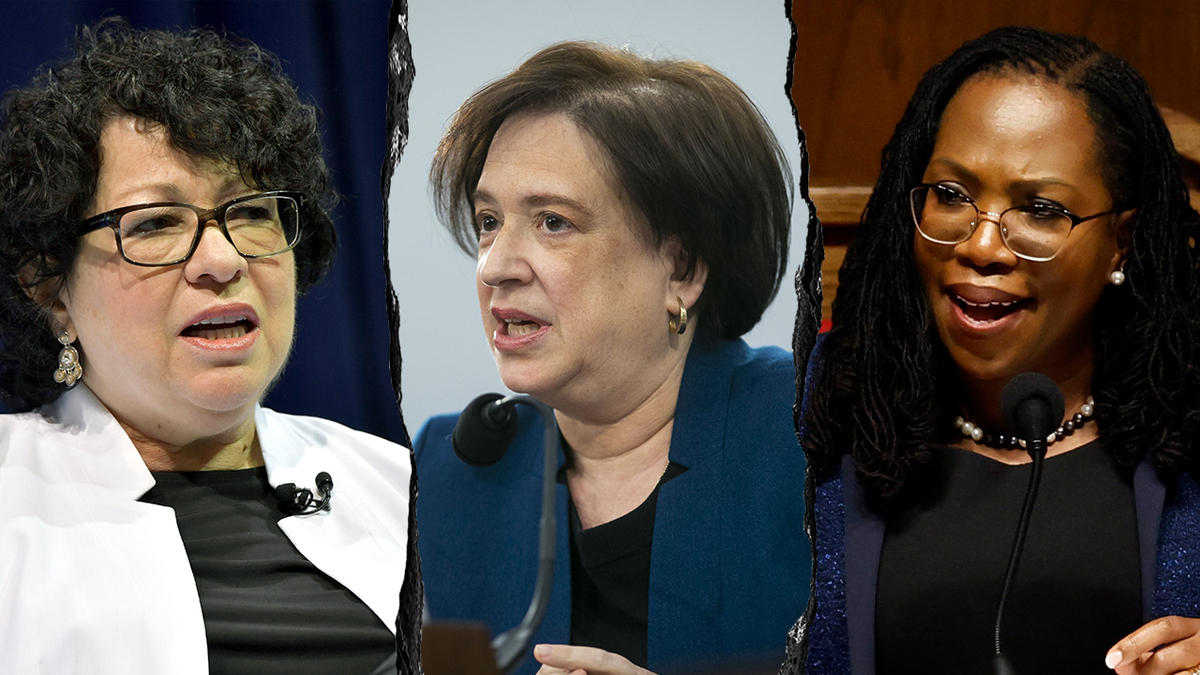
Supreme Court Justices Sonia Sotomayor, Elena Kagan and Ketanji Brown Jackson (Getty Images)
In Trump’s case, the Supreme Court temporarily approved two firings involving the heads of the National Labor Relations Board and Merit Systems Protection Board. The high court’s order was unsigned but indicated that the three liberal justices dissented.
«Because the Constitution vests the executive power in the President… he may remove without cause executive officers who exercise that power on his behalf, subject to narrow exceptions recognized by our precedents,» the order read.
The Supreme Court’s decision was a boon to Trump’s implementation of the unitary executive theory, a legal concept that emphasizes presidential control. However, the order included a cautionary note that the Supreme Court’s finding was cursory and that no final decisions had been made about independent boards.
Kagan tore into the majority for letting Trump move forward with the firings.
CLICK HERE TO GET THE FOX NEWS APP
«Not since the 1950s (or even before) has a President, without a legitimate reason, tried to remove an officer from a classic independent agency – a multi member, bipartisan commission exercising regulatory power whose governing statute contains a for-cause provision,» Kagan wrote.
Other similar lawsuits, including one brought by two fired Democratic-appointed FTC commissioners, are still pending, and the Supreme Court has not yet weighed in on them.
INTERNACIONAL
Robo al Louvre: hallan 150 pruebas de ADN y logran rastrear la ruta que tomaron los ladrones
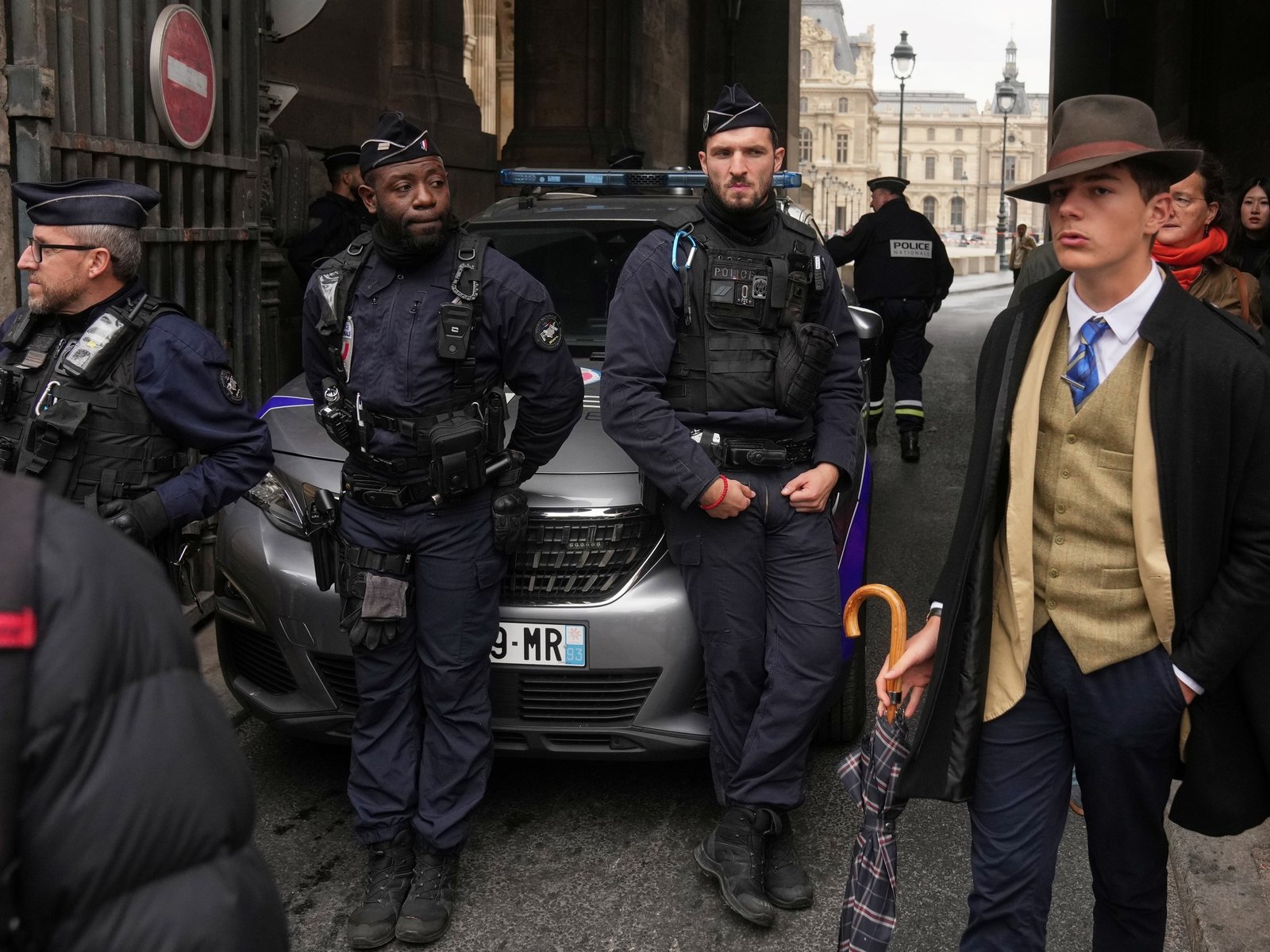
Un ruido enorme
¿Un robo con plan frustrado?
Demasiados robos en el museo
INTERNACIONAL
US kills 6 suspected narco-terrorists in overnight strike on alleged drug smuggling boat, Hegseth says

NEWYou can now listen to Fox News articles!
President Donald Trump directed a nighttime U.S. strike on a suspected Tren de Aragua vessel in the Caribbean Sea, killing six alleged narco-terrorists, officials say.
«Overnight, at the direction of President Trump, the Department of War carried out a lethal kinetic strike on a vessel operated by Tren de Aragua (TdA), a Designated Terrorist Organization (DTO), trafficking narcotics in the Caribbean Sea,» War Secretary Pete Hegseth announced on X sharing an accompanying video of the strike. «The vessel was known by our intelligence to be involved in illicit narcotics smuggling, was transiting along a known narco-trafficking route, and carrying narcotics.»
«Six male narco-terrorists were aboard the vessel during the strike, which was conducted in international waters — and was the first strike at night,» he said. «All six terrorists were killed and no U.S. forces were harmed in this strike.»
HEGSETH SAYS US CONDUCTED ANOTHER STRIKE IN EASTERN PACIFIC TARGETING ALLEGED NARCO-TRAFFICKERS
This infrared image released by the Department of War shows a suspected Tren de Aragua vessel in international waters of the Caribbean Sea before a U.S. nighttime strike that killed six alleged narco-terrorists, officials said. (Department of War/Pete Hegseth)
Hegseth further warned, «If you are a narco-terrorist smuggling drugs in our hemisphere, we will treat you like we treat [al Qaeda]. Day or NIGHT, we will map your networks, track your people, hunt you down, and kill you.»
The strike marks the 10th operation targeting suspected drug traffickers since Trump returned to office. The president has made combating the nation’s drug crisis a central policy focus.
The first strike took place on Sept. 2, and since then, 43 suspected drug traffickers have been killed and two have survived, officials said. The pace of the strikes has increased from one every few weeks in September to three so far this week.
The operations have mostly targeted vessels linked to Venezuela’s Tren de Aragua network. The missions have ranged from attacks on smuggling boats to the destruction of a submersible, with footage of several operations released by Hegseth and Trump on social media.
TRUMP APPROVES MILITARY ACTION AGAINST LATIN AMERICAN CARTELS CLASSIFIED AS TERRORIST ORGANIZATIONS
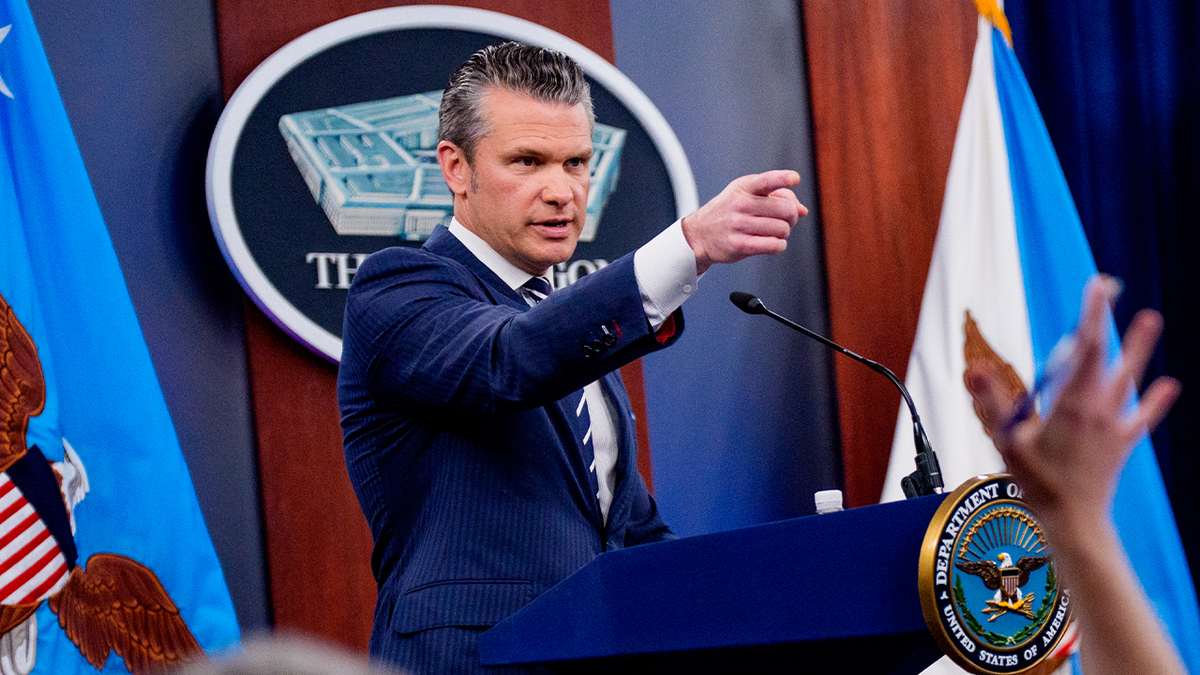
War Secretary Pete Hegseth announced the latest strike Friday morning. (Andrew Harnik/Getty Images )
When reporters asked Trump on Thursday whether he would request Congress issue a declaration of war against the cartels, he said that wasn’t the plan.
«I think we’re just going to kill people that are bringing drugs into our country, OK? We’re going to kill them, you know? They’re going to be like, dead,» Trump said during a roundtable at the White House with homeland security officials.
Trump this month declared drug cartels to be unlawful combatants and said the U.S. was in an «armed conflict» with them.
Members of Congress from both sides of the aisle are questioning Trump’s decision to launch the operations without first consulting lawmakers. Several Democrats are warning that the strikes could breach international law.
Sen. Rand Paul, R-Ky., has also raised concerns about killing people without due process and the possibility of killing innocent people.
CLICK HERE TO GET THE FOX NEWS APP

An infrared image released by the Department of War shows debris and smoke following a nighttime strike on a suspected Tren de Aragua vessel in international waters of the Caribbean Sea. Officials said six alleged narco-terrorists were killed in the operation. (Department of War)
In a recent interview, Paul cited Coast Guard statistics that show a significant percentage of boats boarded for suspicion of drug trafficking are innocent.
The senator has also argued that if the administration plans to engage in a war with Venezuela, as it has targeted boats in recent weeks it claims are transporting drugs for the Venezuela-linked Tren de Aragua gang, it must seek a declaration of war from Congress.
Fox News’ Landon Mion and The Associated Press contributed to this report.
narco terror,military,pete hegseth,donald trump,secretary of defense,world,drugs
INTERNACIONAL
Trump’s beef import plan ignores key issue squeezing American cattle ranchers

NEWYou can now listen to Fox News articles!
While President Donald Trump’s proposal to import more beef from Argentina is billed by the administration as a way to bring down prices for American consumers, critics say it misses the real issue driving costs at the grocery store: corporate concentration in the U.S. meatpacking industry.
Four corporations — Tyson, JBS, Cargill and National Beef — anchor the U.S. beef supply chain, with pricing power that reaches from pasture to plate. As a result, the gap between what producers are paid for cattle and what consumers spend on beef has remained wide, a reflection, economists say, of how market power is distributed along the supply chain.
Fox News Digital reached out to all four companies for comment but did not receive a response as of publication.
TRUMP ADMIN EYES ARGENTINE BEEF IMPORTS AS DOMESTIC PRICES SOAR TO RECORD HIGHS
Some critics argue the real problem isn’t about supply, it’s the corporate giants controlling America’s meat industry. (Melina Mara/The Washington Post/Getty Images)
The frustration extends beyond farm country – Rep. Thomas Massie, R-Ky., says the dominance of multinational meatpackers is hurting both producers and consumers.
«Four corporations control 85% of the meat sold in the United States. One of these corporations is Chinese-owned and one is Brazilian-owned. American farmers are being squeezed and American consumers are being gouged,» Massie told Fox News Digital.
Massie, who raises cattle on his Kentucky ranch, warned that expanding beef imports from Argentina would only worsen those structural problems.
«Flooding the market with Argentinian beef is not the answer to these problems. An America First solution to rising beef prices is to pass my PRIME Act, which would empower American farmers to sell directly to consumers without interference from global corporate middlemen,» Massie said.
Under current federal law, beef processed at small, state-inspected facilities can’t be sold across state lines, even if it meets the same health standards as federally inspected meat. Massie’s PRIME Act would remove that barrier, a change supporters say would let local ranchers reach more consumers and compete with the big packers.
GOP LAWMAKERS WARN TRUMP’S ARGENTINA BEEF PROPOSAL COULD RATTLE US RANCHERS

Agriculture Secretary Brooke Rollins recently unveiled a plan aimed at strengthening the U.S. cattle industry. (Ty Wright/Bloomberg/Getty Images)
Economists agree the beef market is highly consolidated, but say the forces shaping prices go well beyond any one trade deal.
Glynn Tonsor, a professor of agricultural economics at Kansas State University, told Fox News Digital that strong consumer demand continues to drive beef prices higher, regardless of supply fluctuations.
«There’s nothing that forces me or you or anybody else when we go into the grocery store to pay more for beef. People are choosing to,» he said. «The consumer desire for beef is strong and, regardless of the supply-side situation, that has the effect of pulling prices up.»
He also noted that the large-scale structure of the U.S. meatpacking industry, often criticized by ranchers and lawmakers, has economic benefits for consumers.
«I would argue that those economies of scale benefit consumers,» Tonsor said. «The ability to operate at a cheaper cost per head and, ultimately, per pound produced gives us the ability to offer beef and every other item we’re talking about at a cheaper price. Anything we do that loses those economies of scale actually hurts consumers in the form of higher prices.»
FROM CATTLE TO CRUDE: HOW TRUMP’S TARIFFS ARE RATTLING THE LONE STAR STATE
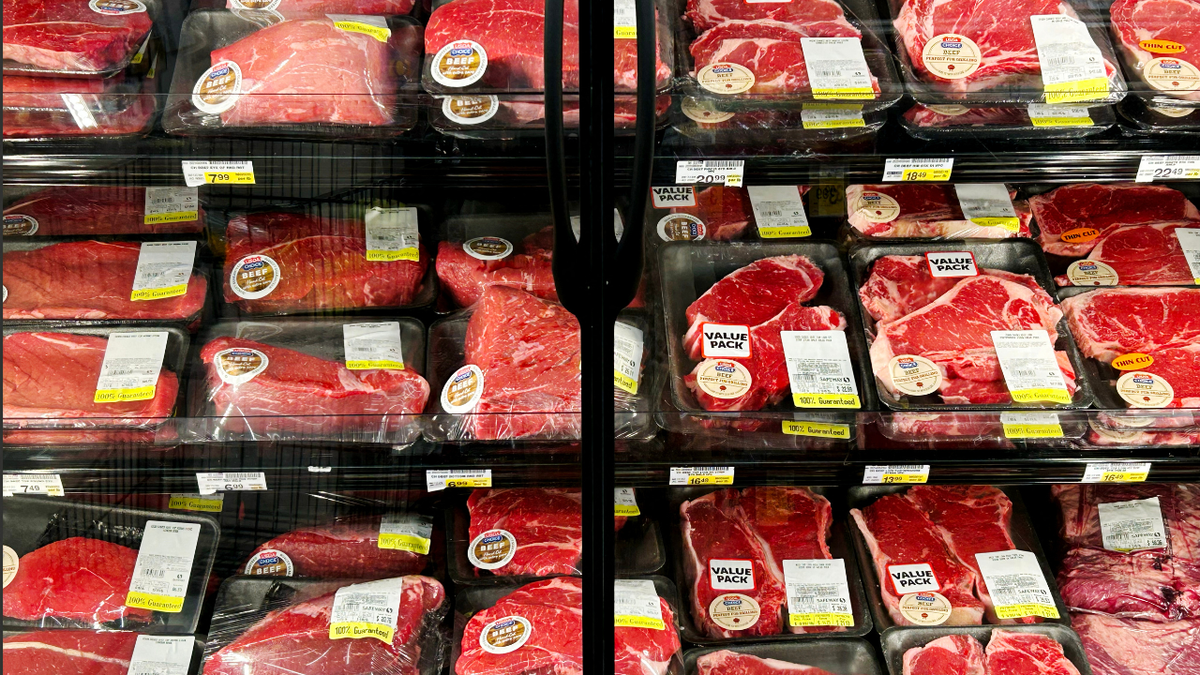
The White House has previously said that importing beef will help address the rising food costs in the U.S. (Jim Watson/AFP/Getty Images)
Derrell Peel, a professor of agricultural economics at Oklahoma State University, said that even if U.S. imports from Argentina increase, the impact on overall prices would be negligible.
«Most of what we import is lean, processed beef trimmings used for ground beef,» said Peel, who specializes in livestock marketing. «We’re not talking about the kind of beef that affects steak prices. Even if we doubled imports, it would be such a small share of the total supply that we wouldn’t detect any real impact.»
Peel added that there’s no quick way to ease pressure on cattle prices, since it takes roughly two years to bring animals to market and several years to rebuild herds.
«The fact of the matter is there’s really nothing anybody can do to change this very quickly,» he said. «We’re in a tight supply situation that took several years to develop, and it’ll take several years to get out of it.»
BEEF PRICES HIT RECORD HIGHS AS NATIONWIDE CATTLE INVENTORY DROPS TO LOWEST LEVEL IN 70 YEARS

Economists say there’s no quick way to ease pressure on cattle prices or beef. (Ricky Carioti/The Washington Post/Getty Images)
CLICK HERE TO GET THE FOX NEWS APP
Meanwhile, the White House defended the plan, saying it’s aimed at balancing relief for consumers with long-term support for U.S. cattle producers.
«The president loves our ranchers, and he also loves American consumers, and he wants to do right by both,» White House press secretary Karoline Leavitt said on Wednesday.
Leavitt said Trump’s immediate goal is to lower beef prices by increasing supply through additional imports, while a separate, long-term plan will focus on strengthening the domestic cattle industry.
She pointed to a three-part plan announced by Agriculture Secretary Brooke Rollins, which includes expanding grazing access, easing regulations for new ranchers, cutting inspection costs and improving «Product of USA» labeling to ensure consumers know when they’re buying American-made beef.
trade,texas,finance global economy,south america,white house,republicans elections

 DEPORTE2 días ago
DEPORTE2 días agoUniversidad de Chile vs. Lanús, por la Copa Sudamericana: día, horario y cómo verlo por TV

 CHIMENTOS2 días ago
CHIMENTOS2 días agoAdabel Guerrero confesó de qué famosa está enamorada y que le encantaría tener relaciones: «La China Suárez me sorprendió con su belleza»

 POLITICA2 días ago
POLITICA2 días agoDiego Luciani, sobre la condena a Cristina Kirchner: “No hay sentencia ejemplar sin recuperar lo robado”















